One thing is immediately noticeable as I try on the new Galaxy Watch 8 and Galaxy Watch 8 Classic just ahead of Samsung Unpacked. The squircle has taken over.
The circle-face-in-a-square-case design was introduced last year with the Galaxy Watch Ultra, and it has now made its way to the rest of the lineup. At a glance, it’s the most noticeable change about this year’s Galaxy watches. And I can’t lie, I was resistant. The initial photos and renders that Samsung shared with the press had me bracing. The circular design was iconic! The Ultra was square and squat! But to my surprise, when I slipped on the regular 40mm and 44mm Galaxy Watch 8, the squircle shape wasn’t so bad.
It was, dare I say, sort of sleek? Side-by-side, the Classic seemed chunkier compared to the previous version of the watch, but not so much that I felt it had fully lost the Classic’s distinctive design flavor. (Speaking of which, the rotating bezel is here, it’s satisfyingly clicky, and, oh, how I’ve missed it.)
Jeffrey Kim, Samsung’s senior product lead for smartwatches, told me there are a few reasons why Samsung went full squircle for this year’s lineup. It allows the watches to sit flatter on your wrist, and it allows the case to be 11 percent thinner while housing a slightly larger battery. Emphasis on slightly — we’re talking around 10-20mAh of extra battery, depending on the model.
You’ll have to take my word for it, but the squircle watches do sit flatter on your wrist, and they are more comfortable. I noticed the effect more on the bigger Galaxy Watches — the 44mm 8 and the 46mm Classic, which sadly only comes in a single size. My colleague Allison Johnson also gave me a gut check on the flatness, so you can’t accuse us both of having Stockholm syndrome.
Otherwise, the hardware updates are minor. The Classic gets the Ultra’s Quick Button so you can program shortcuts. The watches also sport a new lug system for swapping straps. Samsung has refined it from last year, and the button mechanism is significantly easier to use (though I did lose a press-on nail in the process of trying it out).
The Ultra now comes in blue and has twice the storage (64GB), and that’s about it. There are no new sensors. The processor is the same as last year’s models. The materials are also the same. You’ll notice more of a change if you’re coming from the Galaxy Watch 6 Classic, given that Samsung only updates those models every other year now.
The bulk of the updates are software-based. That includes stuff like a Running Coach, which grades your ability based on a 12-minute running test and then generates a custom training plan. It’s geared toward beginner and intermediate-level runners, but Kim says you could use it to train for a marathon. There’s also a new Bedtime Guidance feature that estimates your circadian rhythm to suggest an optimal bedtime. Vascular Load measures your stress levels while you sleep. I can’t comment on those features just yet, as they weren’t available for a demo. I did, however, get to try two new software features: Google Gemini and Antioxidant Index.
Gemini is part of Wear OS 6 and will replace Google Assistant. Kim tells me it doesn’t require a separate Gemini subscription to use, though it does require an internet connection. LTE Galaxy Watches, for instance, won’t need a phone nearby to use it, but Bluetooth ones will. Gemini on the wrist can do everything that Assistant can, and then some. Specifically, you can ask it to do things that require multiple apps in a sequential order. It’s hard to think of these kinds of queries off the top of your head, but here are some that I saw demoed:
- Start a run that will burn off the calories in a slice of pizza.
- Find the best-rated gyms in this area and send them to my spouse.
- Create a 10-minute running playlist.
In each of these demos, I watched as Gemini did an internet search and then opened the corresponding app to finish the action. These were prepared demos. When I tried crafting my own, things went a little sideways. To be fair, I was in a loud venue with spotty Wi-Fi on demo devices that hadn’t been fully set up with the individual apps necessary for success. I’m reserving judgment until I receive my review units and can test how Gemini on the wrist works more organically — but I can see the potential, and I’m excited to discover its limits for myself. This is the first time we’re really seeing a generative AI assistant on any smartwatch.
As for the Antioxidant Index, I’m a bit more cautious. The nuts and bolts of how it works are that you stick your thumb on the LED sensors, the algorithm goes beep boop bop, and you see a gauge of whether you’re eating enough fruits and veggies. If you’re not, you’ll get some recommendations as to which antioxidant-rich plants to add to your plate. To dial it back a smidge, antioxidants are molecules that inhibit oxidation and the creation of free radicals — things associated with aging and cell damage. Fruits and veggies are chockful of antioxidants! The Galaxy Watches, Kim tells me, are using a combination of LED colors to detect the level of carotenoids in your skin. Carotenoids are the pigments that make carrots orange and other plants bright colors like yellow and red. (Hence why you, too, may turn orange if you eat an excessive amount of carrots.)
My Antioxidant Index was garbage. I tried it three times and got three “very low” scores of 37, 40, and 43. (You can expect to see variance in readings taken in a short period.) I did this demo right after a vegetarian July 4th, full of colorful veggies and a heaping pile of strawberries. But I haven’t been eating as well this past month, and Kim told me that it could take up to two weeks to see changes to the Index and that this is meant as a helpful wellness feature. It’s not prescriptive, and my initial take is to view this with a grain of salt. Then again, don’t we all know we should be eating more fruits and veggies?
I’ll have to see how the totality of these updates work together after some rigorous testing. But here’s one update I dislike: everything’s pricier. The base Galaxy Watch 8’s starting price is now $50 more at $349.99, while the Classic’s starting price is $499.99. Add on a bit more for LTE versions and bigger sizes and woof. Samsung declined to say whether this was because of tariffs, but any price hike stings. But at least the Ultra is staying the same at $649.99.

 3 months ago
87
3 months ago
87




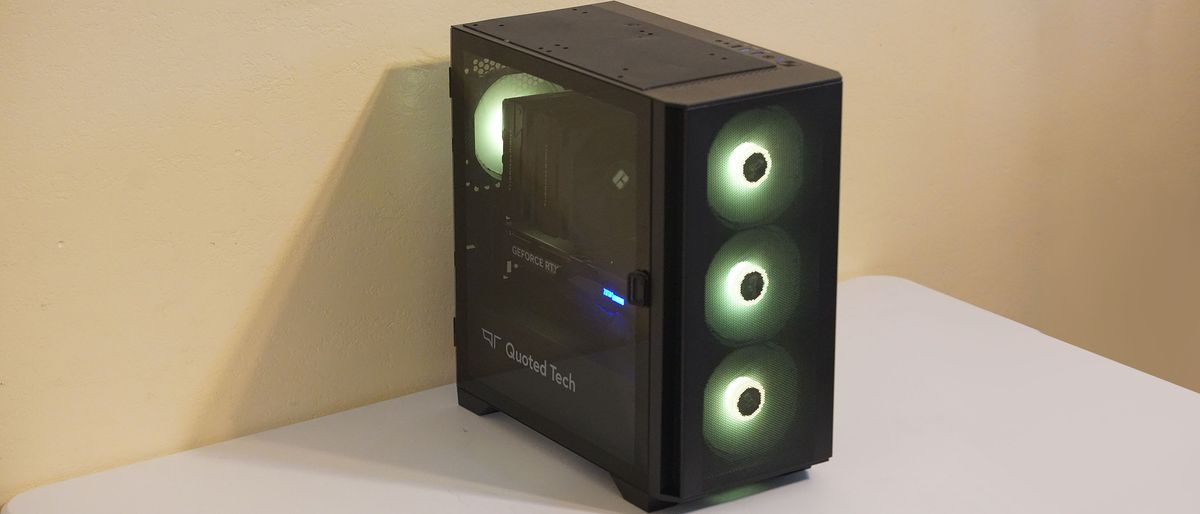
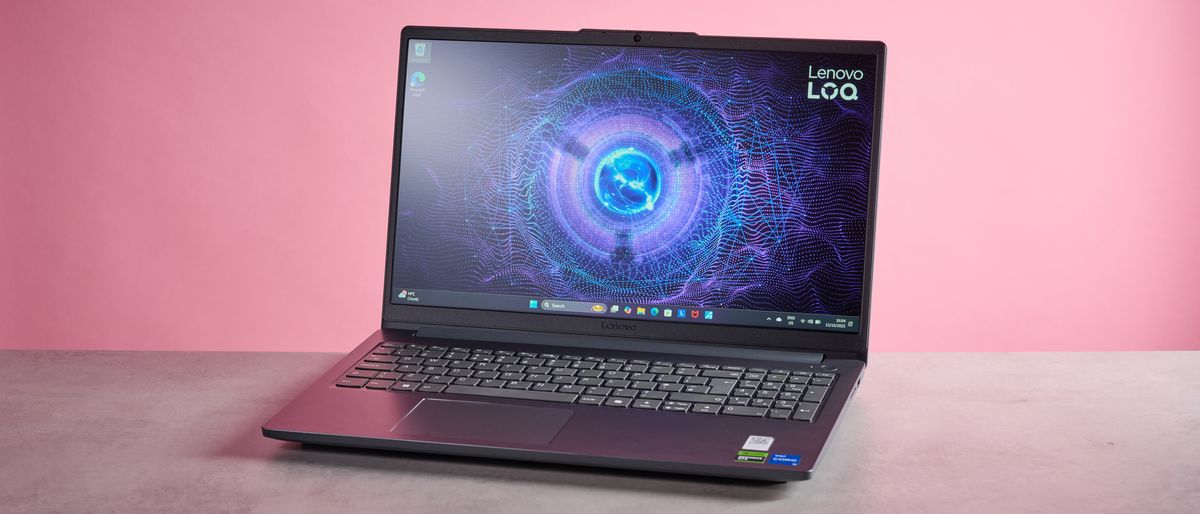


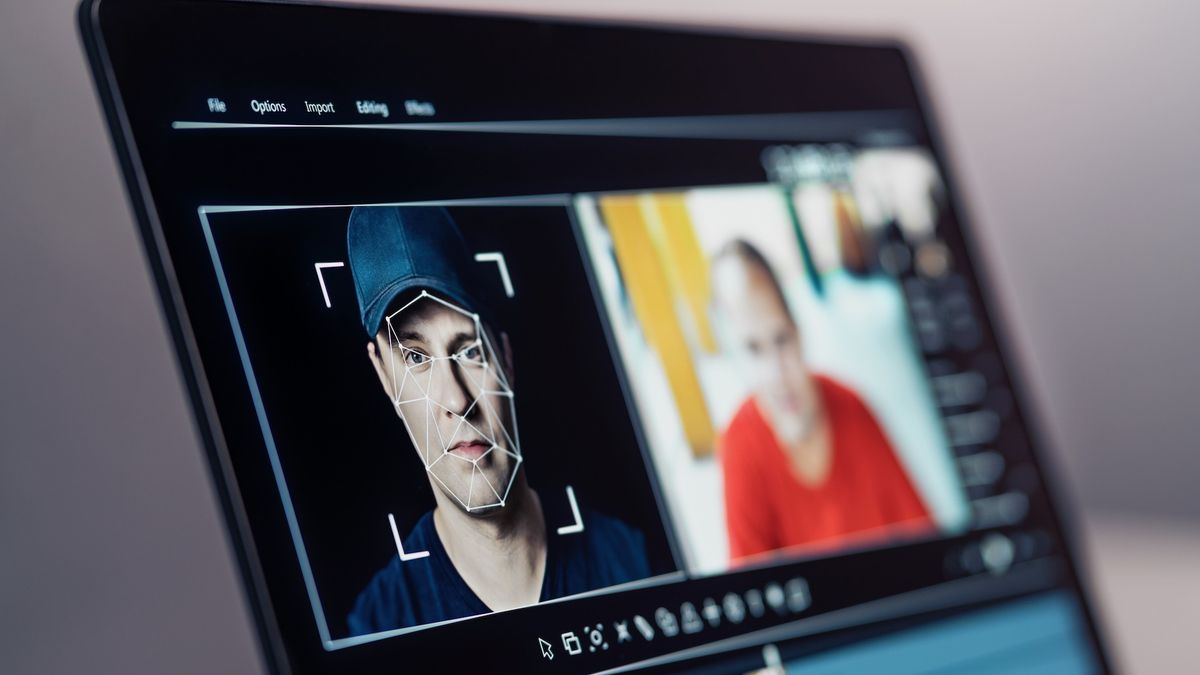
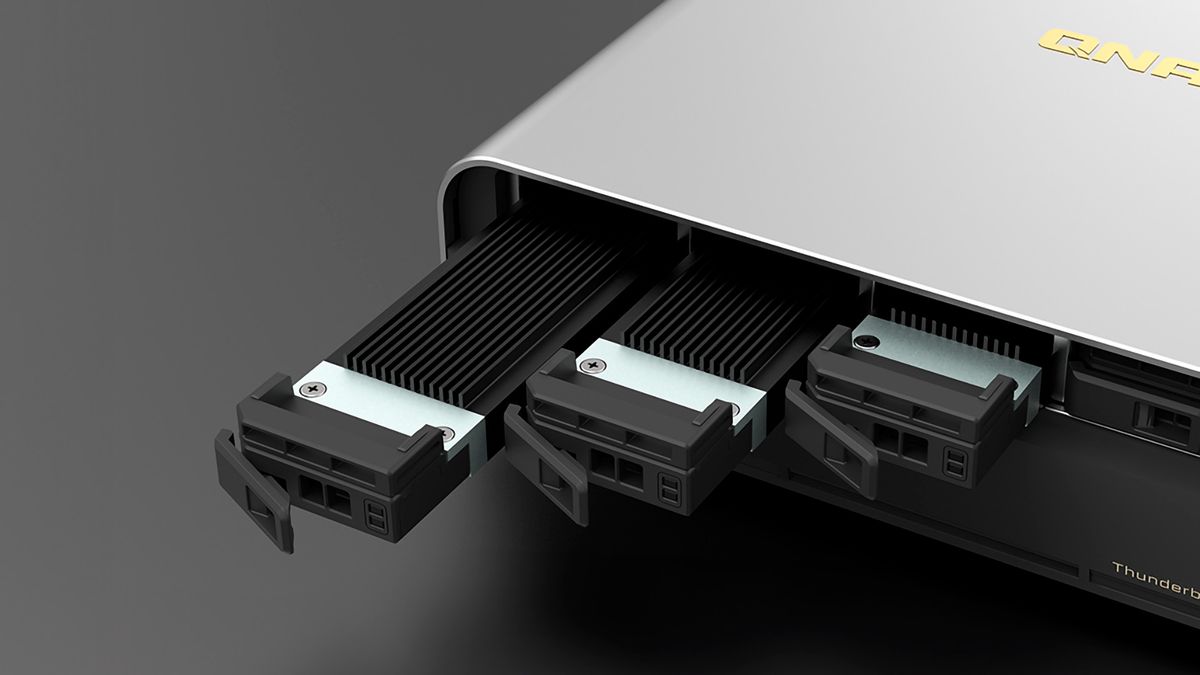
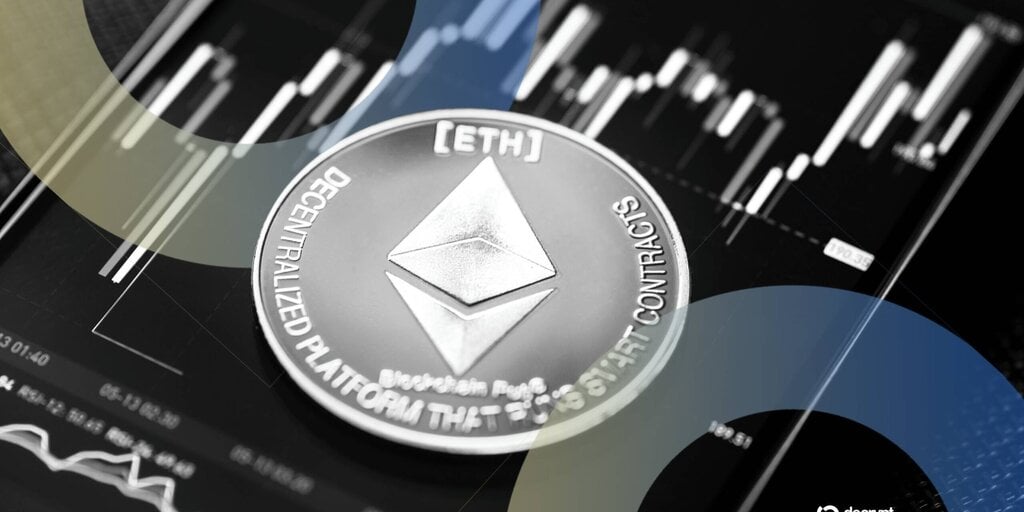
 English (US) ·
English (US) ·